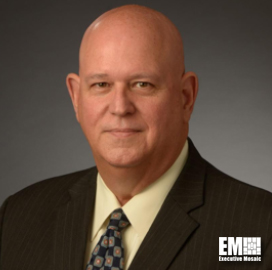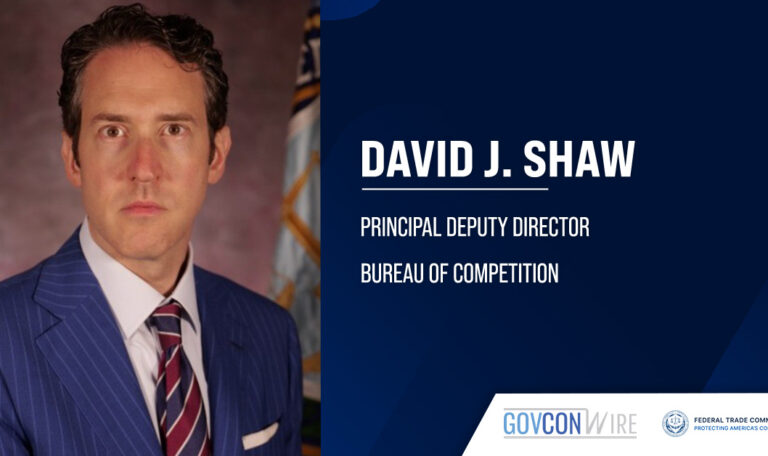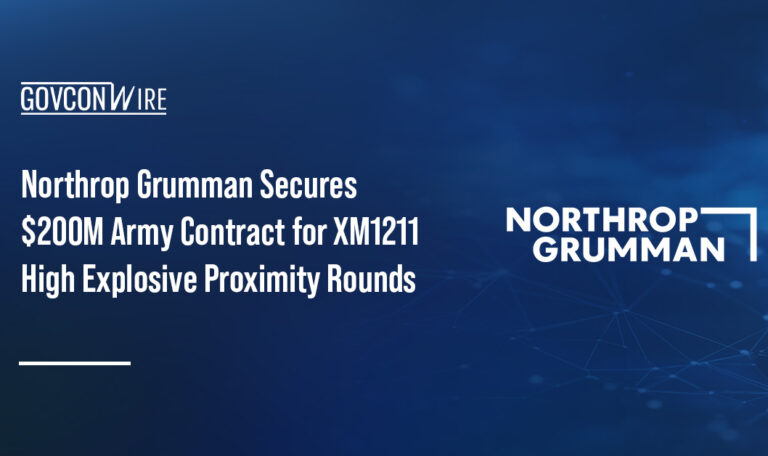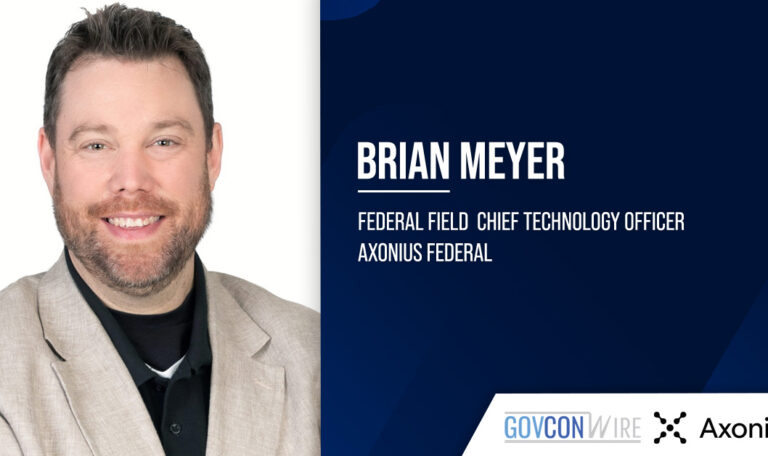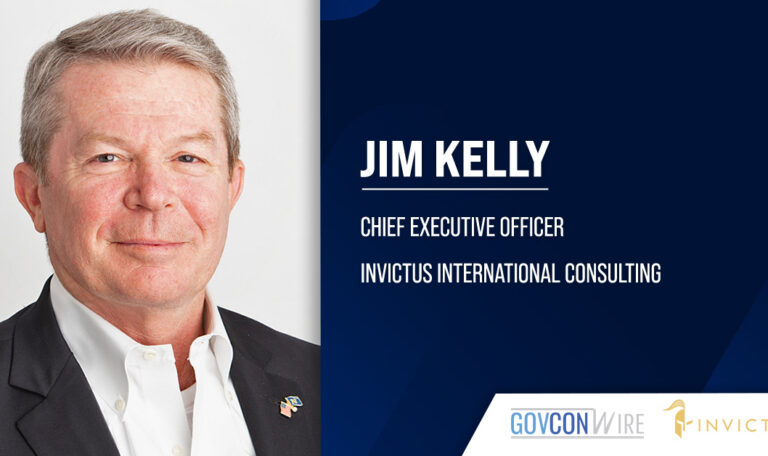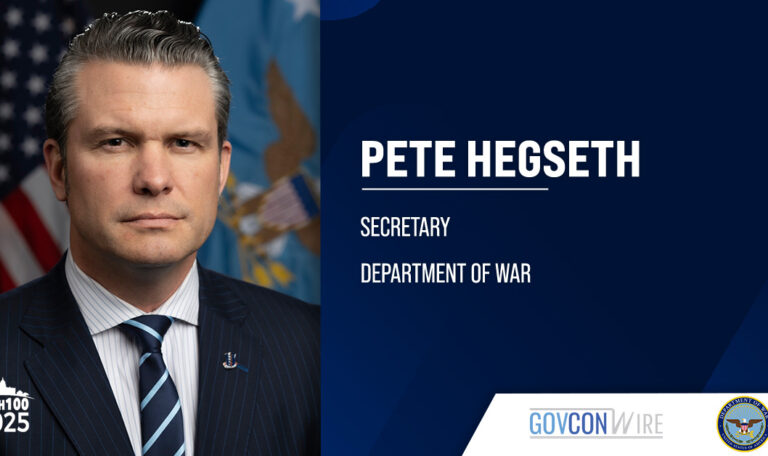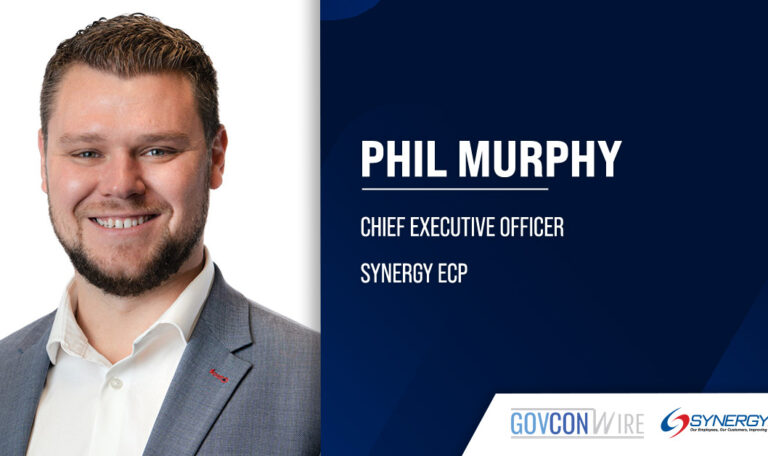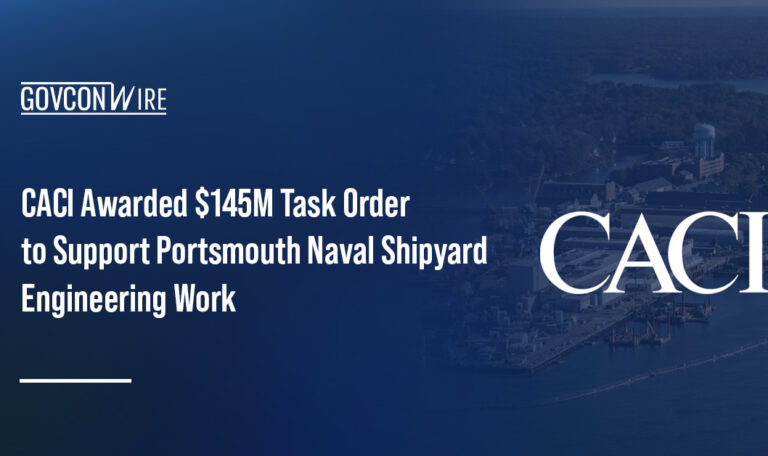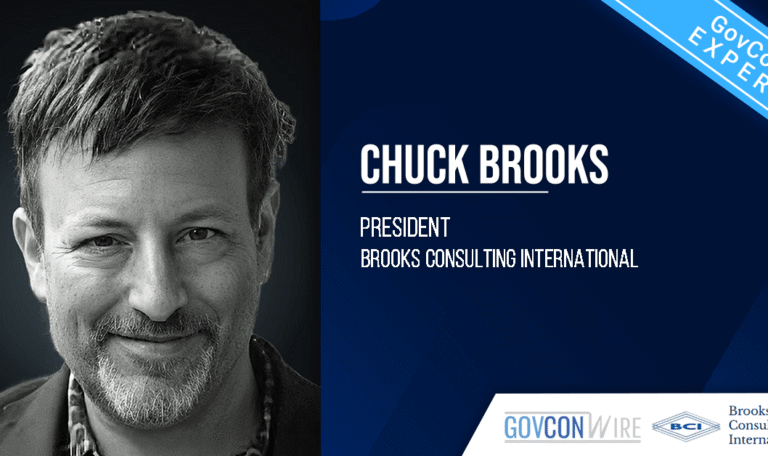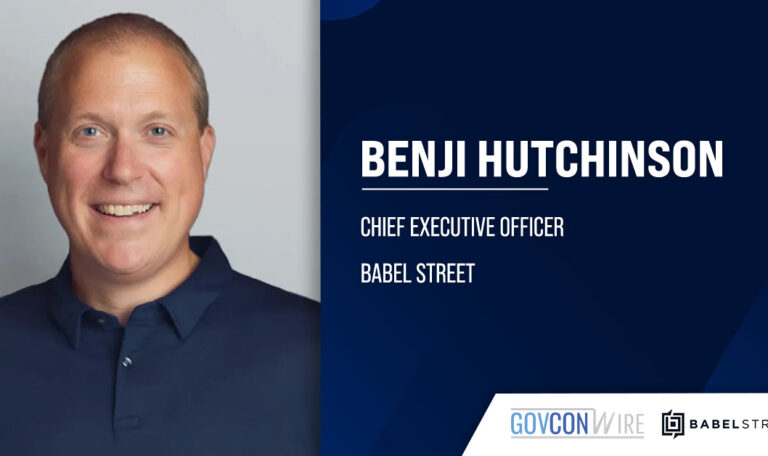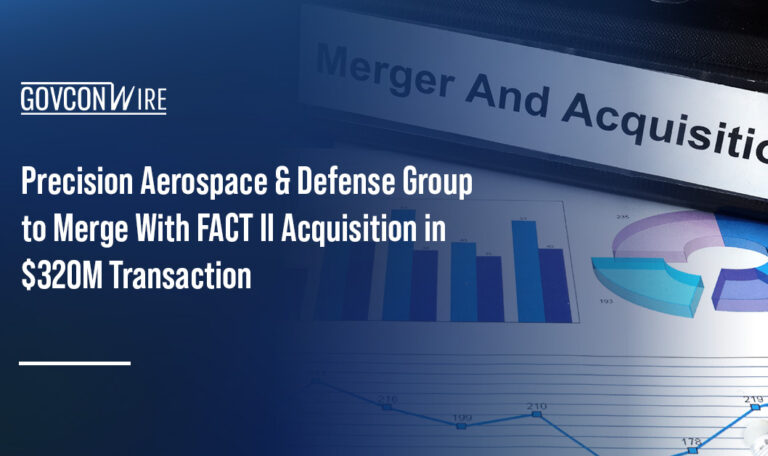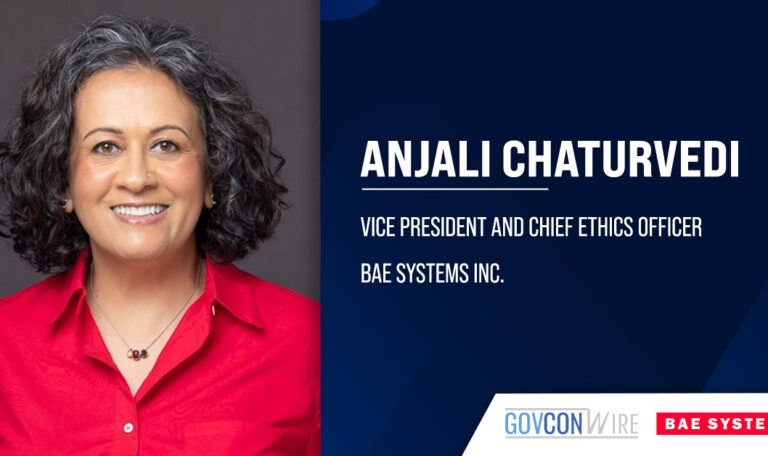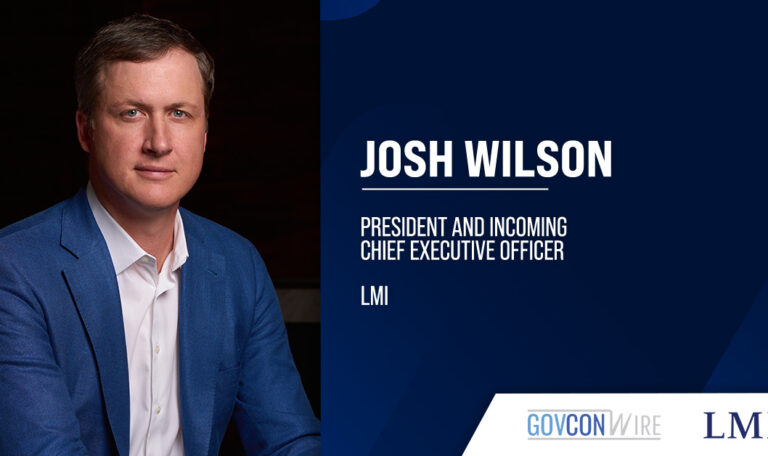Rich Wilkinson, director of solutions engineering for Unanet and a GovCon Expert, has published his latest article as a member of Executive Mosaic’s GovCon Expert program on Wednesday to present an inside look at the earned value management (EVM) approach to projects, how to apply it and the benefits it can bring to a government contracting business.
“The recent emergence of affordable EVM software tools, along with better project cost and performance data from enterprise resource planning (ERP) systems, has made the discipline accessible to even the smallest organizations for even the most modest projects,” said GovCon Expert Wilkinson.
You can read Rich Wilkinson’s latest GovCon Expert article below:
How EVM Makes Life Easier
By Rich Wilkinson
For its first 30 years, government contractors used the project management approach known as earned value management (EVM) almost exclusively for huge Department of Defense projects. As costly as these rigid project management rules for controlling and managing (mostly) cost-type contracts were to implement and maintain, they were rarely used unless mandated.
Since EVM was codified as ANSI/EIA-748-B in 1998, its usage has increased every year. Along the way, it has evolved from rigid and rules-based to become a set of guidelines and principles for assessing the value of a project and the value of the work completed as a project progresses.
What’s more, the recent emergence of affordable EVM software tools, along with better project cost and performance data from enterprise resource planning (ERP) systems, has made the discipline accessible to even the smallest organizations for even the most modest projects.
“EVM is increasingly being adopted as a best practice across industries, not just government, aerospace and defense,” explains Glenn Gallop, President of forProject Technology, a firm specializing in the application of EVM. “Adopting a simplified approach to EVM can give managers the visibility and insight they want into project cost and schedule performance. Fortunately, the newest range of EVMS tools, working in concert with tools like Unanet and Microsoft Project or Primavera P6, are easier than ever to implement and use, making EVM accessible to companies and projects of all types and sizes. “
Essential Elements
There is a tendency to view EVM as simply enhanced performance or cost metrics. But it’s much more than that. The building blocks of EVM are:
Scope. EVM begins with management of the items in the scope of the project. You’ll get these from the work breakdown structure of the project. A detailed and accurate scope is essential because delivering that scope allows you to track progress and ‘value’
Cost. For cost management purposes, each scope item must have a predicted budget. This is the estimated cost of each deliverable or increment of performance in that item. The budget should be broken down to the individual cost element so that project expenditures can be accurately tracked to the original expectations. This is where modern ERP systems really shine. Tracking expenditures against budget is their specialty and if the ERP can track to the same WBS as the scope plans, things really begin to come together.
Schedule. To manage project schedule and time for all the items in the scope, take a baseline of the project schedule and be sure that it reflects all the interdependencies between tasks. This will be the base timeline against which project progress will be tracked.
Change control. Don’t forget this last one. Every project changes something as it progresses. Good project management assesses the impact of changes and feeds that information back into the schedule and budget. Procedures for doing this should be documented in the program management plan. How well a project deals with changes can determine its ultimate success (or that “other” outcome). And, of course, change management often starts with customer management.
The Mechanics of EVM
EVM requires calculation of five basic indicators (not just metrics) that combine to inform the project manager and the firm. Because this is not an EVM “how to,” we’ll just identify them at a high level:
Planned value is simply what you plan to spend to complete the project. During performance, planned value changes as work is accomplished. However your organization measures work, the planned value at any point in time is simply the percentage of the work that is complete times the project budget. The trick here, of course, is getting an accurate measure of how much work has been done. And, of course, any EVM measurement is only as good as the original estimate on which the planned value is based.
Earned value is where the rubber meets the road. It measures project progress, and in EVM is always expressed in monetary terms. So if progress is measured by a physical count of completed “stuff,” we have to run that count into a value based on what we originally estimated that stuff to cost. This needn’t be a difficult undertaking. If a project requires completion of 10 things and was estimated at $1 million, then each thing has a “value” of $100,000. Two completed things convert to an “earned value” of $200,000, and so on.
Actual cost is where reality rears its (sometimes) ugly head — and where a modern ERP can be worth its weight in gold. No complicated calculations here. Simply look at the actual cost report for the WBS (work breakdown structure) element being measured. Today’s ERP systems should be able to track actual cost to the same WBS elements, or to the project plan, and do it easily. If your system can’t, you might consider a change.
Cost variance does entail a calculation, but it’s a simple one: Earned value minus Actual cost. If a project has earned $200,000 but the actual cost is $150,000, then there is a positive cost variance. (Spoiler: That is a very good thing!) A positive variance generally signals that a project will be completed well within budget, while a negative variance predicts a shortfall in performance (for a cost-type or time & materials project) or a loss (for a fixed price project).
Schedule Variance is the last of the calculations. It’s Earned value minus Planned value. If, as in our earlier example, a project has earned $200,000 to date, but the planned value is $250,000, then the project is said to have a negative (-$50,000) schedule variance. In this instance, it predicts that the project may finish late.
There are other calculations that can provide more information, but these are the basics at a high level. The challenge is figuring out what to do with all this information.
Benefits
EVM can do a lot for your projects and your firm. Among the main benefits:
- Predict project performance (sometimes with distressing accuracy).
- Avoid scope creep (or at least manage it).
- Forecast expenditures with greater accuracy.
- Gauge and communicate progress, both internally and externally.
EVM also has its limitations, including:
- It can’t tell you what to do about the variances it reveals. That’s up to management. But, it can tell you with a decent degree of accuracy where action is required. That’s half the battle.
- It can’t turn a bad original estimate into good progress assessment information. The calculations and information yielded by EVM are only as good as the original estimate and the underlying cost data.
- It can’t make value judgements about a project. Stakeholders can sometimes find EVM reporting difficult to understand and overly complicated. A little education will go a long way. Keep in mind, these value judgements are up to the stakeholders based on their assessment of EVM information
- It can’t assess the quality of performance or output. That’s a completely different set of metrics and measurements.
Best Practices
Books have been written on the complex discipline of EVM. We’ll save you the heavy lifting (and heavy eyelids) by offering some best practices and recommendations for how to get started:
Use a Work Breakdown Structure to break the project scope into homogeneous, manageable chunks.
Create a logical schedule, with a breakdown that maps back to the WBS and shows interdependencies between tasks and milestones.
Manage the project budget to ensure costs are assigned to the appropriate elements of a project.
Develop a plan to measure progress with measurement methodologies that both accurately reflect real progress AND can be easily accomplished. These are absolutely necessary to calculate the reliable indicators on a consistent basis. Remember, if measurements will be taken repeatedly over the life of a project, they should be easy to perform and yield reliable, repeatable results.
Whatever tool you choose for planning and scheduling, be sure it can communicate with your ERP to exchange data on budgets and actual costs.
Now you’re ready to pick a project and get started with EVM. It’s well-suited to any organization with projects, and it’s more user-friendly today than ever before, particularly when you couple it with a strong ERP system.
About GovCon Expert Rich Wilkinson
Rich Wilkinson works for Unanet and is an expert in government contracting, specializing in compliance. He has spent the last 25 years in executive roles with prominent GovCon accounting software companies. Prior to that he worked in the controllership of Washington DC area government contractors implementing accounting systems and managing financial operations and compliance functions. Before that, he served as a contracting officer with the Naval Air Systems Command.


